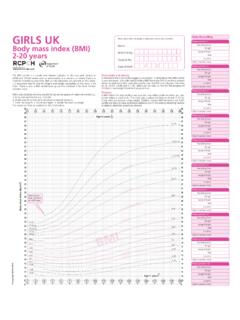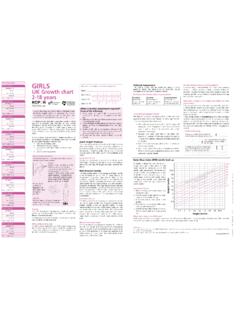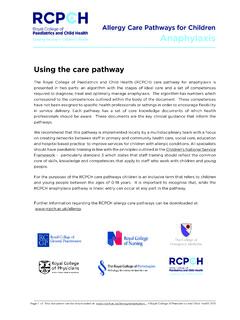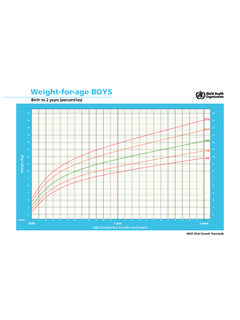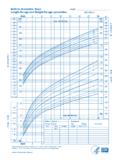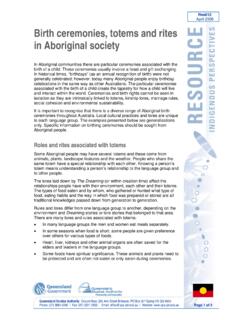Transcription of BOYS Please place sticker (if available) otherwise write ...
1 Pre-pubertyIn PubertyCompleting Puberty(Tanner stage 1)(Tanner stages 2-3)(Tanner stages 4-5)If bothof the following:If anyof the following:If anyof the following:High voiceSlight deepening of the voiceVoice fully brokenNo signs of pubertalEarly pubic or armpitMoustache and early facialdevelopmenthair growthhair growthEnlargement of testes or penisAdult size of penis withpubic and axillary hairManufacture 4 Jan. 13 UK2-18A4B Issue 2 Harlow Printing Limited Tel: 0191 455 4286 Recording Recording DateWeightLength/HeightLocationHealth worker nameMeasurement 1 Measurement 2 Recording DateWeightLength/HeightLocationHealth worker nameRecording DateWeightLength/HeightLocationHealth worker nameMeasurement 3 Measurement 4 Recording DateWeightLength/HeightLocationHealth worker nameRecording DateWeightLength/HeightLocationHealth worker nameMeasurement 5 Measurement 6 Recording DateWeightLength/HeightLocationHealth worker nameRecording DateWeightLength/HeightLocationHealth worker nameMeasurement 7 Measurement 8 Recording
2 DateWeightLength/HeightLocationHealth worker nameRecording DateWeightLength/HeightLocationHealth worker nameMeasurement 9 Measurement 10 Recording DateWeightLength/HeightLocationHealth worker nameVery Overweight (Obese)Overweight rwrwrweellleiiilttinnt)ee)sseeesbOOb((Ot hhtighiigeeiwreervOOvthhtgghiiggeeiwreer vOOv929299)htht(O(OweieigigererwOililele OeOewwelgtghghtle 9 Height PredictorThis allows you to predict the child s adult height based ontheir current height, but with a regression adjustment toallow for the tendency of very tall and short children to beless extreme in height as adults.)
3 Four boys out of five willhave an adult height within 6 cm of the predicted for usePlot the most recent height centile on the centile line on theAdult Height Predictor (on the flap to the right of the heightcentile chart) and read off the predicted adult height for CentileThe mid-parental centile is the average adult height centileto be expected for all children of these parents. Itincorporates a regression adjustment to allow for thetendency of very tall and short parents to have children withless extreme heights. Comparing this to the child s currentheight centile can help assess whether the child s growth isproceeding as expected.
4 The larger the discrepancy betweenthe two, the more likely it is that the child has some sort ofgrowth disorder. Most children s height centiles (nine out often) are within two centile spaces of the mid-parentalcentile, and only 1 percent will be more than three centilespaces below. Instructions for useThe Mid-parental Centile Comparator is on the flap to theright of the height centile chart. If possible measure bothparents heights, or else use reported heights. Plot theirheights on the Mother s and Father s height scales. Join thetwo points with a line between them.
5 The mid-parentalcentile is where this line crosses the centile line in the the mid-parental centile to the child s currentheight centile, plotted on the adult height predictor target heightThis can be obtained by plotting the mid-parental centile onthe main chart at age 18 and reading off the correspondingheight. Four boys out of five will have an adult height within 7 cm of this target height. However the predicted adultheight (above) is usually closer than mid-parental targetheight to the child s final place sticker (if available) otherwise write in space :_____NHS/CHI No:Hospital No:Date of birth :BOYSUK Growth chart2-18 yearsAnyone who measures a child, plots or interprets chartsshould be suitably trained or supervised.
6 For furtherinformation and training materials see fact sheet andpresentation on chart is mainly intended to assess the growth of schoolage boys . It combines data from the UK 1990 growthreference for children at birth and from 4 -18 years(1), withthe WHO growth standard for children aged 2 years to 4years(2). The growth of children under 2 years of age shouldbe plotted on the more detailed UK-WHO 0-4 years well as simply using this chart for plotting growth data, italso includes a number of new features which you may wishto use to help interpret the growth data.
7 birth centile plotting scale BMI look-up and plotting grid scales to estimate adult height and mid-parental centile guide to assessing pubertyPlottingPlot each measurement by placing a small dot where avertical line through the child s age crosses a horizontal linethrough the measured lettering on the charts ( weight , length etc.) sits on the50th centile to provide centile plotting scaleThe chart starts at age 2 years, but there is a plotting scale onthe left of the chart where for term infants, birth weight (andif measured, length) can be plotted to allow comparison ofthe birth centile with later growth.
8 Months monthsCentile terminologyIf the point is within 1/4 of a space ofthe line they are on the centile: not they should be described asbeing between the two 75th centile space is the distance betweentwo of the centile lines, or equivalentdistance if midway between patterns before and during pubertySuccessive height measurements can show wide variation,because it is difficult to measure height accurately. If there areconcerns it is useful to measure on a few occasions over growth during puberty is complex because the agewhen puberty starts varies. What does a height in the shaded area below the mean?
9 This chart provides some extra guidance about the lower limit( centile) for height in boys 9-14 years. If a plot falls withinthe shaded area on the height chart between 9 and 14 years,pubertal assessment will be required and mid-parental centileshould be they are Inpuberty or Completingpuberty, they are belowthe centile and should be referred. In most instances a Pre-pubertal boy plotted in this area is growing normally, butcomparison with the mid-parental centile and growth trajectorywill assist the assessment of whether further investigation AssessmentThe puberty phase may be ascertained through simplequestions about the appearance of secondary sexualcharacteristics as well as by clinical history from parents, carers or young personIs the timing of puberty normal?
10 The three vertical black lines (puberty lines) on the right handpage (9-18 years) of the chart indicate the normal age limits forthe phases of puberty described above. boys with measurements plotted on the left page willusually be in the Pre-puberty phase. Puberty before 9years in boys is likely to be precocious and furtherassessment is necessary. Between 9-14 years most boys will be either Pre- puberty or In puberty . If there are no signs of puberty by 14years, then puberty is delayed and further assessment isindicated. From 14-17 years most boys will be either In puberty or Completing puberty.
